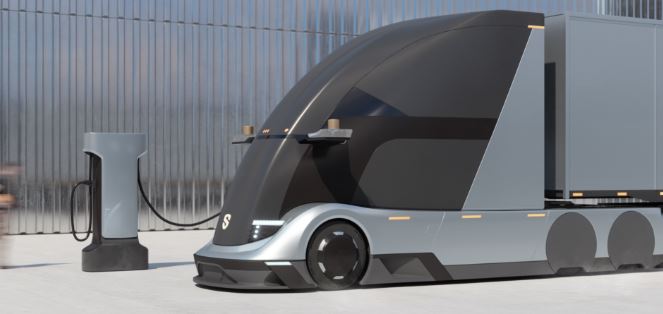As self-driving technology continues to evolve and become more commonplace, potential owners may wonder how their autonomous vehicles refuel. While the technology is still in its early stages, there are already several methods for fueling up these driverless vehicles. Keep reading to find out what you need to know about refueling self-driving trucks.
Refueling A Autonomous Truck

The most efficient way of refueling self-driving trucks is by using a mobile fueling station. This involves having a truck with a fuel tank drive up to the autonomous vehicle and pump the necessary fuel into it. Another option is for the autonomous truck to pull up to an automatic fueling station and have the fuel pumped directly into its tank from there. This approach requires fewer resources and can be done much faster than with a mobile fueling station.

Another strategy for refueling self-driving trucks is through wireless charging. This approach involves having an electric current pass between two points located on either side of the truck (one in front and one on top). When this current passes through, it charges up the truck’s battery and allows it to continue on its journey without needing any stops for recharging or refueling. Wireless charging is becoming increasingly popular as it eliminates the need to stop at a gas station or other physical location in order to refuel.
As self-driving technology continues to improve and become more widely available, understanding how these autonomous vehicles are fueled becomes increasingly important for fleet owners. Fortunately, there are several strategies that can be used when refueling self-driving trucks, including using a mobile fueling station, pulling up to an automatic fueling station, or using wireless charging solutions. By taking advantage of these tools, fleet owners can ensure their autonomous trucks are always properly fueled and ready for their next destination.



